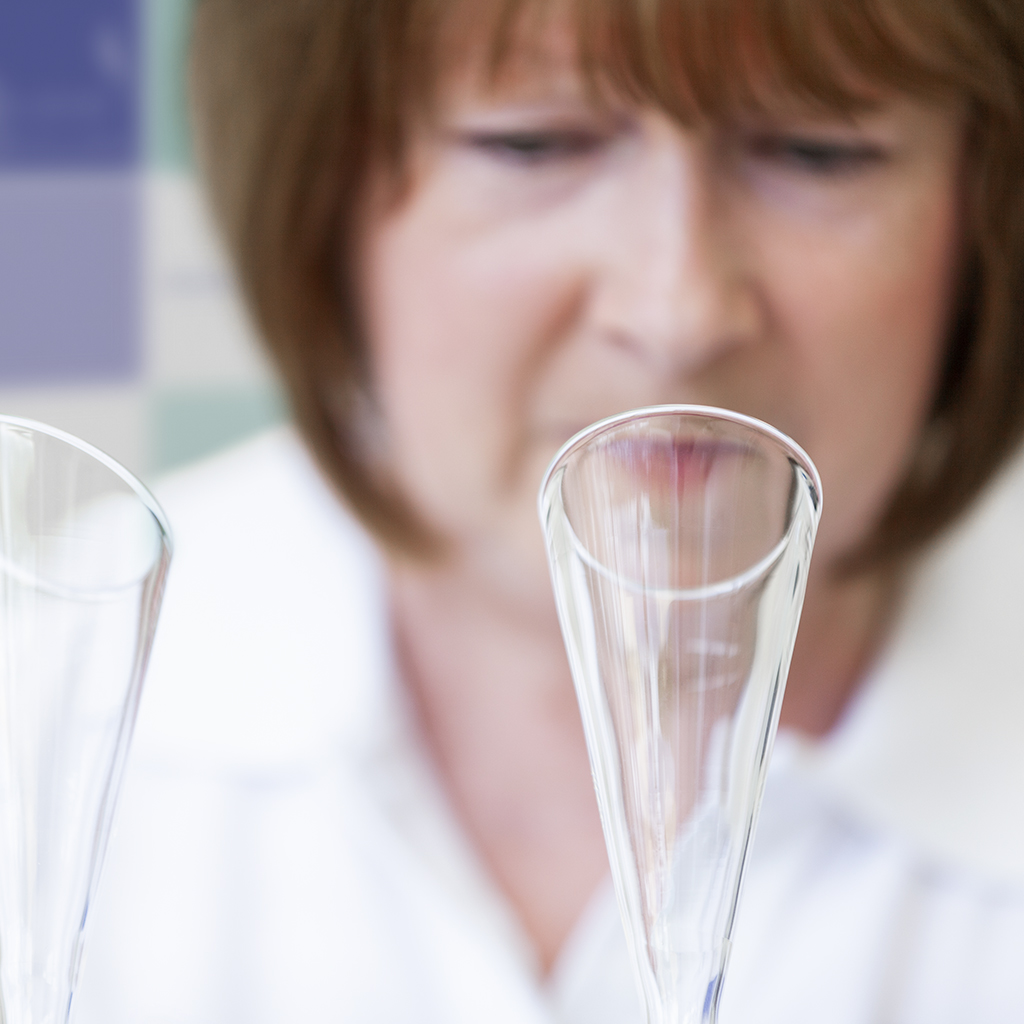EUROPEAN ODOUR STANDARD EN13725:2022

NEW REVISION OF EN13725 (OLFACTOMETRY)
The European Standard for Olfactometry, EN13725, was initially published in 2003. It was then developed by CEN/TC264 Working Group 2 (WG2). WG2 consisted of a team of odour specialists from across Europe. Silsoe Odours Director, Robert Sneath, was instrumental in the process. He acted as the UK expert in the working group since 1996. After many years of development, the new standard reached publication in March 2022
You will find the following explanation helpful if you are not familiar with EN13725:
This European Standard specifies a method for the objective determination of the odour concentration of a gaseous sample using dynamic olfactometry with human assessors. The standard also specifies a method for the determination of the emission rate of odours form stationary sources, in particular:
- Point sources (conveyed or ducted emissions);
- Active area sources (e.g. biofilters);
- Passive sources.
The primary application of this standard is to provide a common basis for evaluation of odour emissions.
BSEN13725:2022 Stationary Source Emissions – Determination of Odour Concentration by Dynamic Olfactometry and Odour Emission Rate
NEW REVISION
Together with WG2, Robert worked towards a revision of the standard since 2012. In March 2022, the completed version reached publication. It is available via your national standards institute. For the UK, this is the British Standards Institute.
The new standard is entitled BS EN13725:2022 stationary source emissions – determination of odour concentration by dynamic olfactometry and odour emission rate. The standard reflects some improvements, particularly around odour sampling. Notably, it includes updates such as:
- Health and safety recommendations for all staff involved with the process of dynamic olfactometry. This includes odour panellists and sampling technicians, both in the laboratory and on-site
- More rigorous procedures for sampling and pre-dilution
- A more thorough method to assess measurement uncertainty
- Certain exclusions (for example, field olfactometry and measurement of exposure)

A CEN/TC264 WG2 meeting about EN13725 in Delft, January 2020

WG2 met online during the pandemic
THE PURPOSE OF EN13725
When developing EN13725, the WG2 team had three core goals. Specifically, they wanted to create a unified standard of olfactometry, which:
- Improved consistency within each odour laboratory (repeatability)
- Achieved comparable results amongst laboratories (reproducibility)
- Connected the results to a traceable reference material, such as n-butanol (accuracy)
Having achieved this, EN13725 supports national bodies’ efforts in providing guidance and enforcement of environmental odour regulations. In the UK, the most notable examples are the H4 odour guidance document from the Environment Agency and the Guidance on the Assessment of Odour for Planning document from the Institute of Air Quality (IAQM). They both outline best practice criteria for effective odour management.
HOW IS EN13725 COMPLIANCE ASSESSED?

The Silsoe Odours laboratory is compliant with BS EN13725
FIND OUT MORE
Finally, if you would like to understand more about EN13725 and how it affects you, please get in touch. Robert now boasts 25 years of experience working on the standard as its UK expert. So, he is perfectly placed to answer all your questions. Give us a call on 01525 860222, or click on the button below to reach us.
Updated 19th October 2023

One Response
[…] Robert is a renowned odour specialist with over 40 years’ experience at the forefront of the odour industry. Perhaps most notably, Robert acts as the UK expert for Technical Committee CEN/TC 264 “Air Quality”’. The workgroup is responsible for the ongoing development of the European Standard EN13725. […]